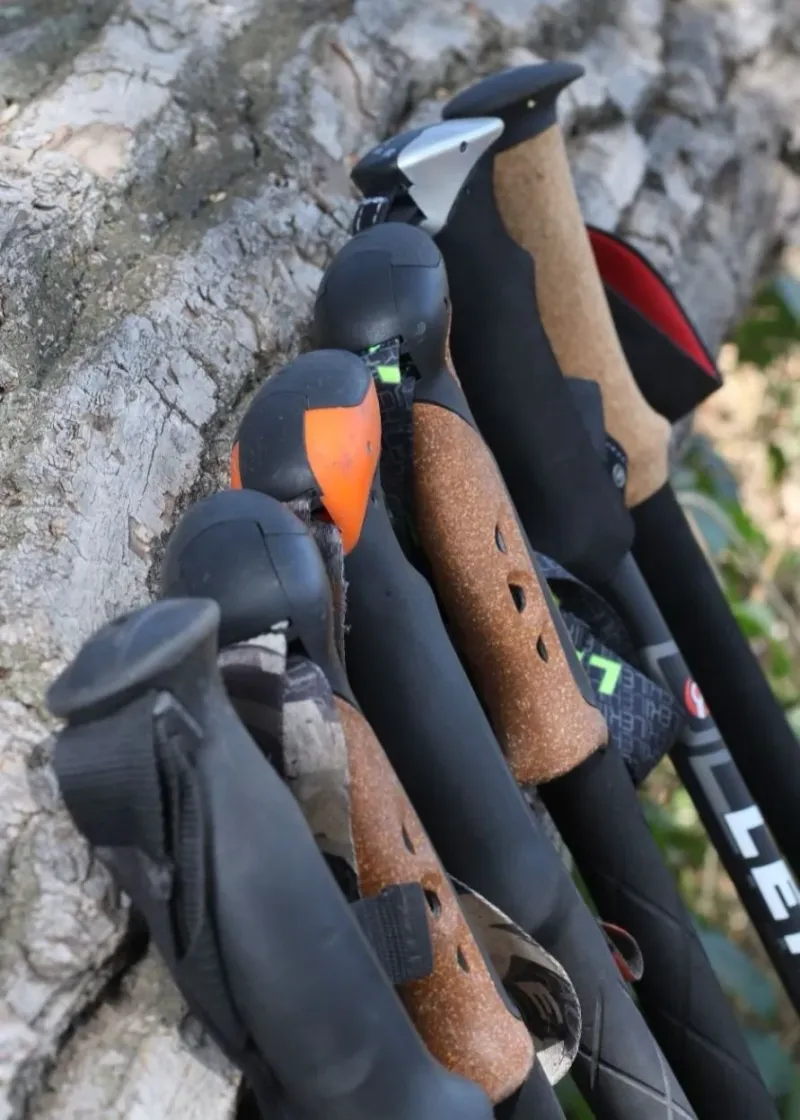Buying the wrong trekking poles can turn your dream hike into an expensive nightmare. Many hikers fall into common purchasing traps that drain their wallets and leave them with gear that breaks when they need it most. Smart shoppers know how to spot these costly mistakes before they happen. Understanding these five major pitfalls will save you money and keep you safely on the trail.
1. Buying the Cheapest Poles Without Checking Build Quality
Bargain-basement poles might look identical to premium models, but they hide serious flaws. Weak aluminum construction bends easily under pressure, while cheap locking mechanisms fail at the worst possible moments.
Picture yourself halfway up a mountain when your pole suddenly collapses or snaps in half. Quality poles use aircraft-grade aluminum and tested locking systems that won’t let you down when the terrain gets tough.
2. Ignoring Adjustable Length Features
Fixed-length poles force your body into awkward positions that cause pain and fatigue. Your arms work harder going uphill when poles are too short, while overly long poles strain your shoulders on descents.
Adjustable poles let you customize length for different terrain and your body’s needs. Proper adjustment reduces joint stress and improves hiking efficiency, making every step more comfortable and sustainable over long distances.
3. Overlooking Grip Material and Comfort
Rubber grips become slippery torture devices in hot weather, creating painful blisters that ruin your hike. Sweaty hands lose their grip just when you need stability most on challenging terrain.
Cork grips naturally absorb moisture and mold to your hand shape over time. Foam alternatives stay comfortable in various weather conditions while providing excellent grip security, preventing the hand fatigue that comes with constantly readjusting your hold.
4. Skipping the Weight Check
Heavy poles seem sturdy but become arm-tiring anchors over long distances. Every extra ounce multiplies into pounds of fatigue as you swing them thousands of times during a day hike.
Lightweight doesn’t mean fragile when manufacturers use advanced materials like carbon fiber. Modern poles balance strength with weight reduction, letting you hike farther with less effort while maintaining the support and stability you need for safety.
5. Not Considering Locking Mechanism Type
Twist locks slip under heavy use and freeze solid in cold conditions, leaving you with useless poles when you need them most. Internal mechanisms jam with dirt and moisture from trail conditions.
External flip-locks and lever systems provide reliable, visible security that works in any weather. You can easily see if they’re properly engaged and make quick adjustments even with gloves on during winter hiking adventures.









